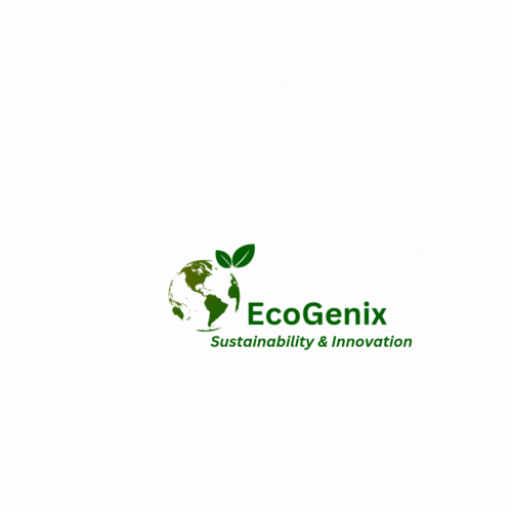Introduction
Food distribution, access, and equity are critical components of a society’s overall well-being. This article explores the intricate web of factors influencing the way food is distributed, accessed, and its equity implications in communities around the world.
I. Understanding Food Distribution
- Supply Chain Dynamics
- Discuss the complexities of the global food supply chain, including production, transportation, and storage processes.
- Highlight the role of farmers, distributors, and retailers in ensuring a steady supply of food products.
- Technological Innovations
- Explore the impact of technology on food distribution, including automated systems, IoT devices, and data analytics, enhancing efficiency and reducing waste.
II. Access to Nutritious Food
- Urban vs. Rural Disparities
- Analyze the differences in food access between urban and rural areas, addressing challenges faced by both communities.
- Discuss the concept of food deserts and their implications on urban populations.
- Socioeconomic Factors
- Examine how income disparities affect people’s ability to access nutritious food.
- Discuss the role of education and awareness in empowering communities to make healthier food choices.
III. Equity in Food Distribution
- Food Justice Movements
- Explore grassroots movements advocating for food justice and equity, addressing issues like fair wages for agricultural workers and ethical sourcing practices.
- Government Policies and Initiatives
- Analyze the role of government policies in promoting equitable food distribution, such as subsidies, food assistance programs, and regulations ensuring fair treatment of food industry workers.
- Corporate Social Responsibility
- Discuss the initiatives taken by corporations to promote equity, including charitable donations, sustainable sourcing, and community engagement programs.
IV. Challenges and Solutions
- Food Waste and Environmental Impact
- Address the challenges associated with food waste and its environmental impact, emphasizing the need for sustainable practices and innovative solutions.
- Community-Based Solutions
- Highlight successful community-driven initiatives promoting local agriculture, farmers’ markets, and community gardens, enhancing food access and equity.
- Global Collaborations
- Discuss the importance of international collaborations and partnerships in addressing global food distribution challenges, focusing on sharing knowledge and resources.
Conclusion
In conclusion, achieving equitable food distribution and access is a multifaceted challenge that demands a holistic approach involving governments, communities, and businesses. By addressing socioeconomic disparities, promoting sustainable practices, and fostering collaborations, societies can work towards ensuring that everyone has access to nutritious and affordable food, thus fostering healthier, more resilient communities worldwide.
ARTICLE BY: WAYNE TOTA
Food Security and Climate Change
waynetota9@gmail.com
0601133196239
Visit for more articles:
https://sites.google.com/view/foodsecure-sustain-agriclimate/home.

Leave a Reply